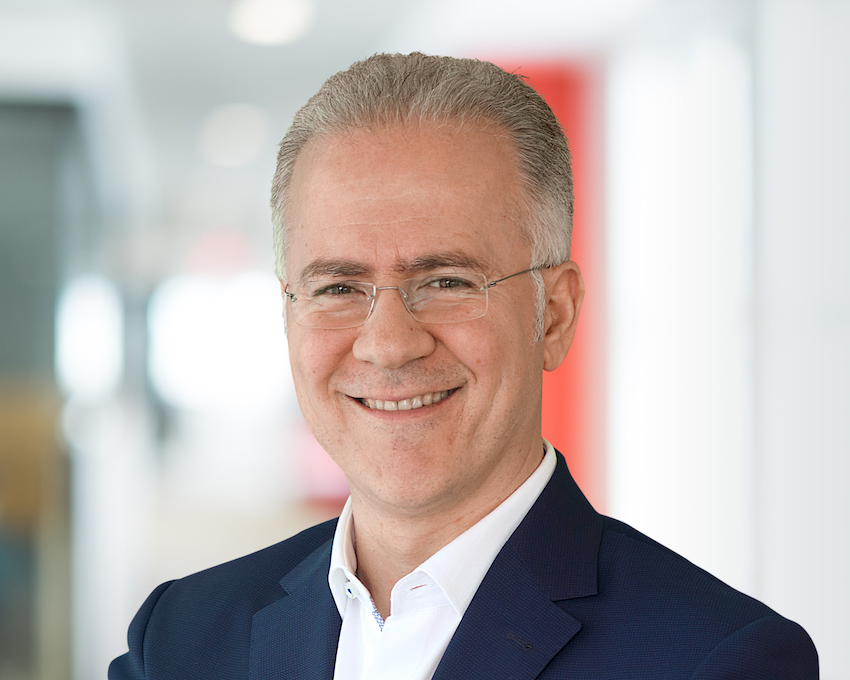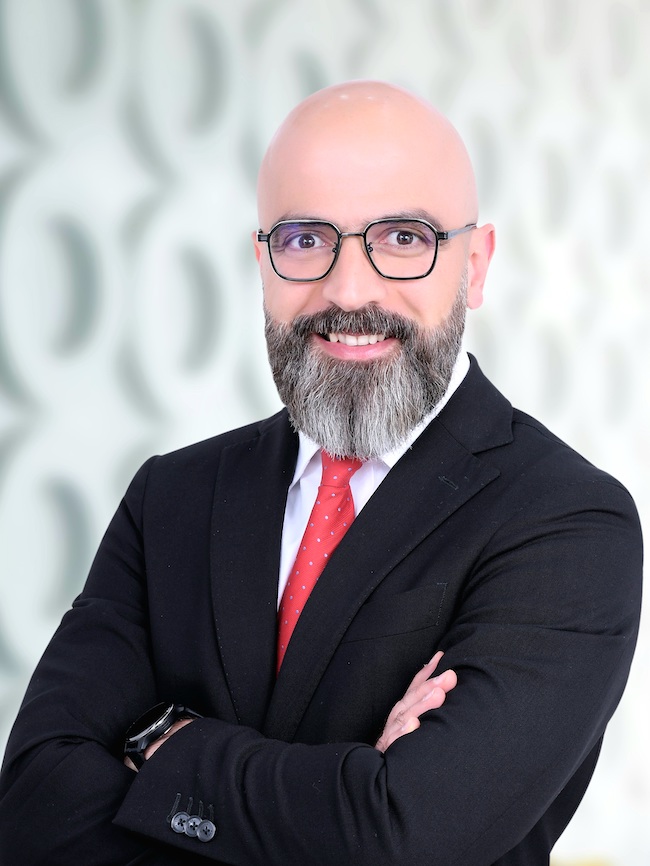RIYADH: Saudi Arabia’s insurance sector saw a 25 percent increase in earnings for the first half of 2024, reaching SR2.2 billion ($585 million) compared to the same period last year.
Data compiled by Arab News from Bloomberg revealed that Bupa Arabia led the sector, capturing 35 percent of the total net income for the period, with SR758.2 million in earnings.
This represents a 35.4 percent rise from the same period last year. The reported figures reflect adjusted net income, which excludes non-recurring, non-operational, or extraordinary items to present a clearer picture of operational performance.
Tawuniya followed as the second-largest contributor, with earnings of SR656.5 million, making up 30 percent of the sector’s total income. The company experienced a 105 percent increase in earnings, the highest annual growth among major players in the sector.
The growth in earnings highlights the sector's strong performance despite broader economic challenges. The increase is attributed to strategic investments and expansions within the industry, positioning Saudi Arabia as a key player in the regional insurance market.
Al Rajhi Co. captured a 9 percent share, with earnings totaling SR201.1 million, marking a 47 percent increase.
Saudi Reinsurance Co. held a 3 percent share, with earnings of SR75.3 million, reflecting a 6 percent annual increase.
For the second quarter of 2024, the sector’s earnings reached SR1.29 billion, a 10 percent rise from the same quarter last year. Tawuniya, also known as the Company for Cooperative Insurance, led the quarter with 36 percent of net income, followed by Bupa Arabia at 31 percent.
An August report by S&P Global highlights Saudi Arabia’s pivotal role in the expansion of Islamic insurance within the Gulf Cooperation Council. Revenues are projected to exceed $20 billion in 2024, with expected growth of 15 to 20 percent next year, driven largely by Saudi Arabia.
The report further notes that Saudi authorities are working to increase insurance coverage by addressing uninsured vehicles and implementing new mandatory medical insurance requirements. These initiatives are anticipated to boost insurance demand and premium income.
S&P Global observed stable credit ratings for GCC insurers but cautioned that geopolitical tensions and increased competition could pose risks. The report highlighted that consolidation among smaller insurers, particularly in Saudi Arabia and the UAE, is expected to continue due to competitive pressures and regulatory demands.
It noted that despite a 25 percent increase in earnings in the first half of 2024, 14 out of 25 listed insurers in Saudi Arabia reported declines in underwriting results and profits, underscoring the intensifying competition in the market.
Health insurance
The Saudi Insurance Market report for 2023, released by the Insurance Authority, highlights that health insurance remains the largest sector, expanding by 21.4 percent.
It contributed 59 percent of the total gross written premiums, totaling SR38.63 billion. Notably, large enterprises accounted for 70.1 percent of this market.
Net written premiums, representing the amount retained by insurers after accounting for reinsurance, reached SR37.82 billion, comprising 67.2 percent of total NWP in 2023.
Bupa Arabia’s 2023 report identified two primary drivers behind the growth in health insurance: the increasing number of insured individuals and the impact of medical inflation.
As more people access health insurance, the demand for healthcare services rises, contributing to the sector’s expansion.
Concurrently, medical inflation — driven by rising costs of healthcare services, treatments, pharmaceuticals, and medical equipment — puts additional pressure on the sector. Insurers are adjusting premiums to account for these rising costs, further fueling growth in the health insurance market in Saudi Arabia.
In July, the Council of Health Insurance and the Saudi Insurance Authority mandated compulsory coverage for domestic workers in households with more than four individuals.
This policy requires employers to submit a medical disclosure form, obtain approval from a health insurance company, and insure all domestic workers.
The policy aims to ensure comprehensive healthcare, improve the sustainability of coverage, and drive innovation in health insurance products.
Coverage includes primary care, public health, emergency cases, hospitalization without deductibles, and unlimited clinic visits, including vaccinations and examinations.
Sector forecasts
Saudi Arabia’s insurance industry is projected to achieve a compound annual growth rate of 5.2 percent through 2028, increasing its market size to SR83.7 billion, according to Global Data.
This growth, up from SR68.3 billion in 2024, is primarily driven by the health and motor insurance segments, which are expected to constitute 86 percent of total gross written premiums.
Although the industry saw substantial growth in the general insurance sector in 2022 and 2023, with increases of 27.7 percent and 22.8 percent respectively, growth is anticipated to stabilize from 2024 onwards.
Health and motor insurance are benefiting from favorable regulatory changes, rising demand for specialized healthcare, and increased vehicle sales.
In 2023, personal accident and health insurance led the market, capturing a 63.2 percent share of gross written premiums.
This segment is expected to grow at a CAGR of 6.3 percent through 2028, fueled by greater health awareness, an expansion of private health beneficiaries from 11.5 million in 2022 to 25 million by 2030, and government healthcare transformation efforts under Vision 2030.
According to Global Data, motor insurance, the second-largest segment with a 23.1 percent share in 2023, experienced robust growth of 41.4 percent that year. This growth was supported by increased vehicle sales and a burgeoning market for electric vehicles in the Kingdom.
Regulatory changes, including the comprehensive motor insurance policy introduced by the Saudi Central Bank in November 2023, are expected to sustain this growth, with a projected CAGR of 5 percent through 2028.
The report revealed that property insurance, accounting for 9.1 percent of gross written premiums in 2023, is also poised for growth, with a predicted CAGR of 5.9 percent. This growth is driven by ongoing construction projects under Vision 2030, including major initiatives such as NEOM and various residential developments.
Other insurance lines, including marine, aviation, transit, and liability insurance, represented 4.5 percent of gross written premiums in 2023.
The Kingdom’s efforts to diversify its economy beyond oil are expected to create numerous opportunities for insurance companies across various sectors in the coming years.
The establishment of the Saudi Insurance Authority in November 2023 highlights the Kingdom’s commitment to developing a robust insurance sector in line with Vision 2030 goals.
This regulatory body aims to enhance the sector’s efficiency and stability, supporting local infrastructure and fostering a thriving business ecosystem.


























